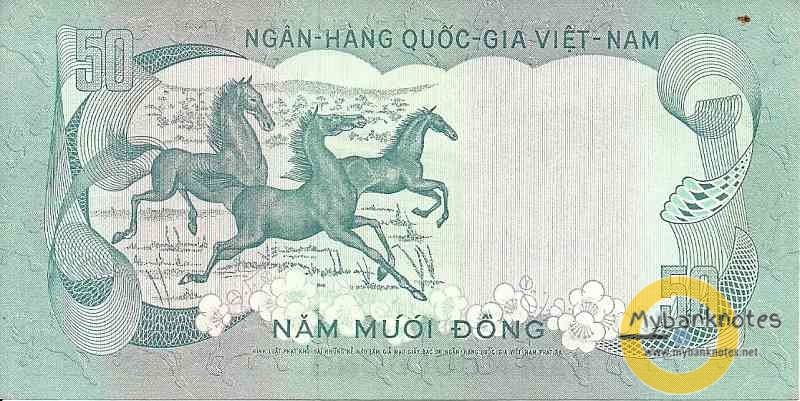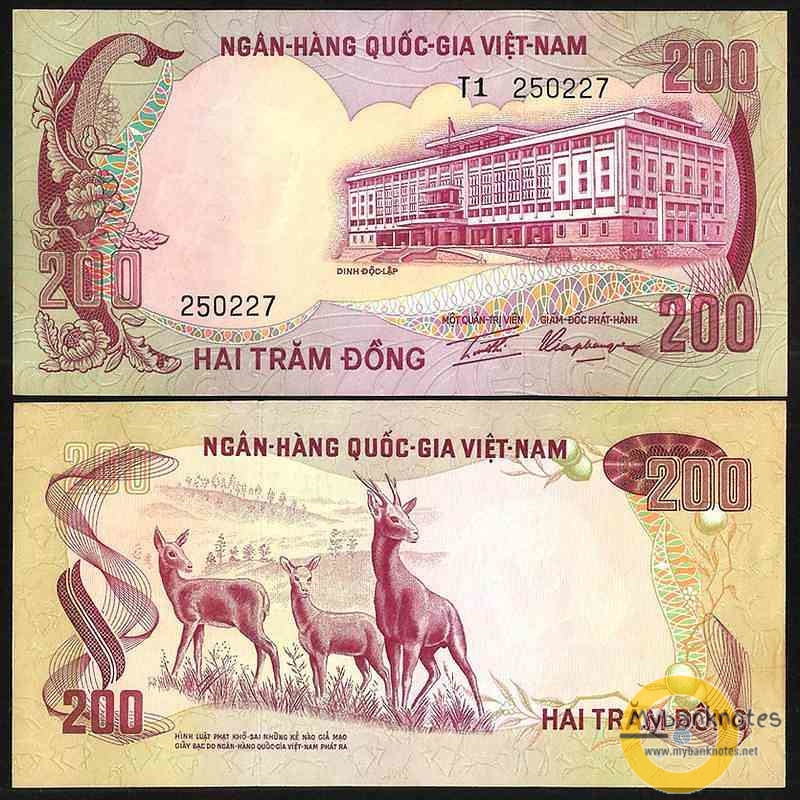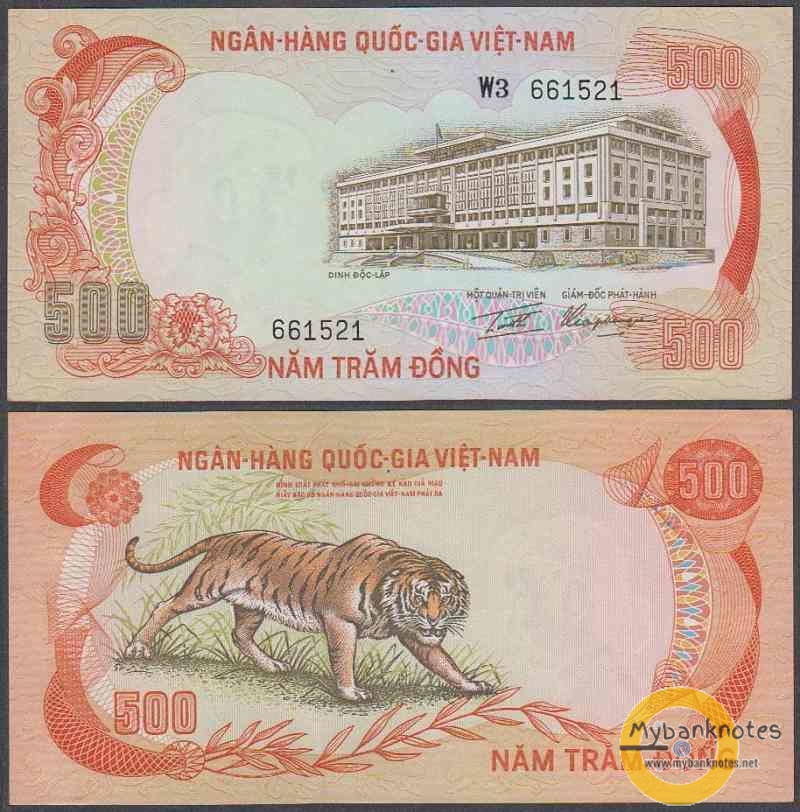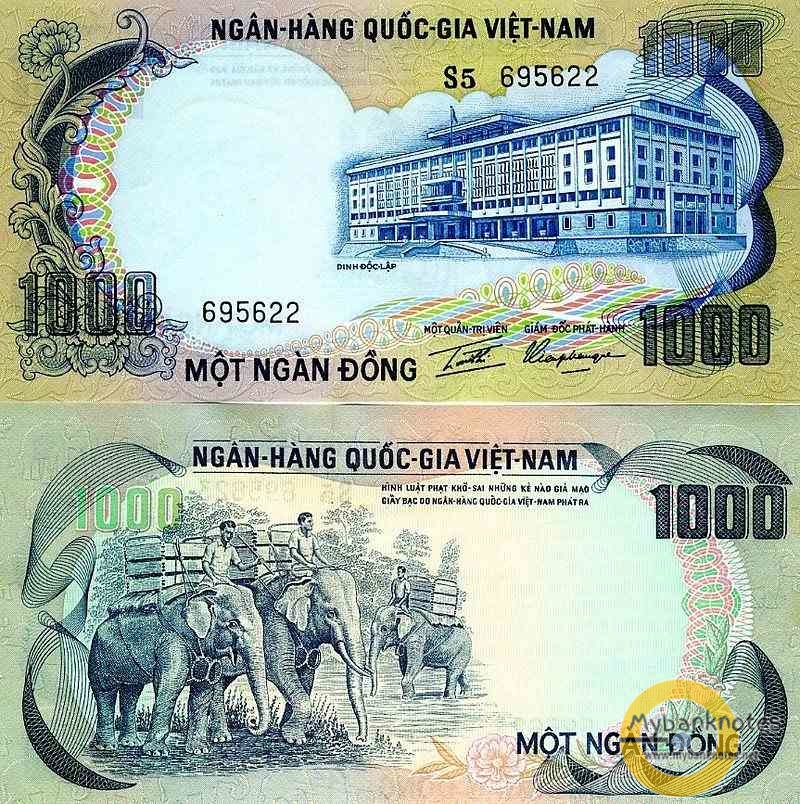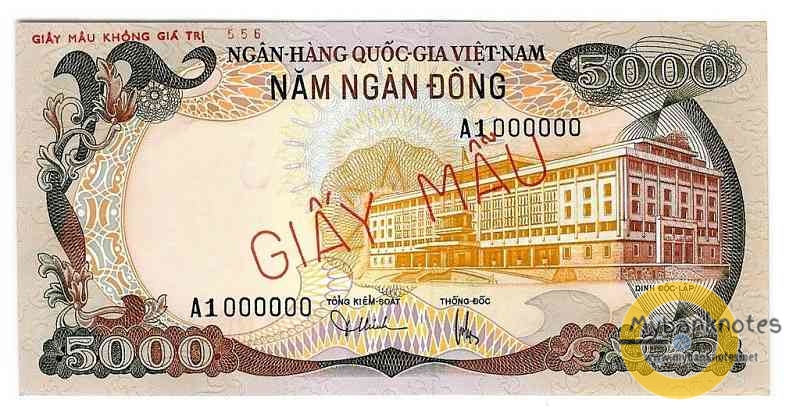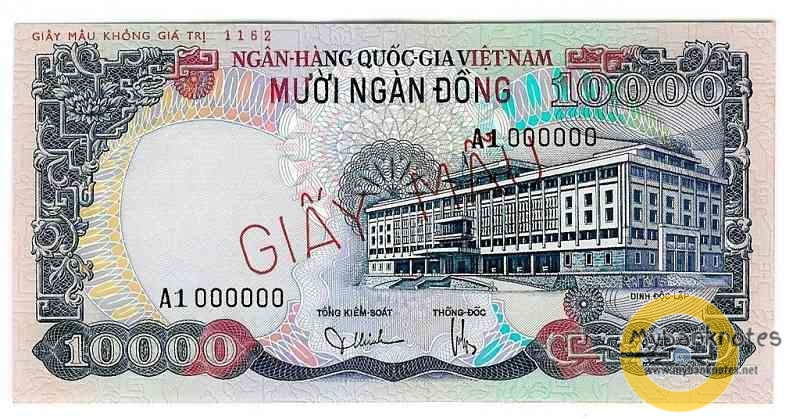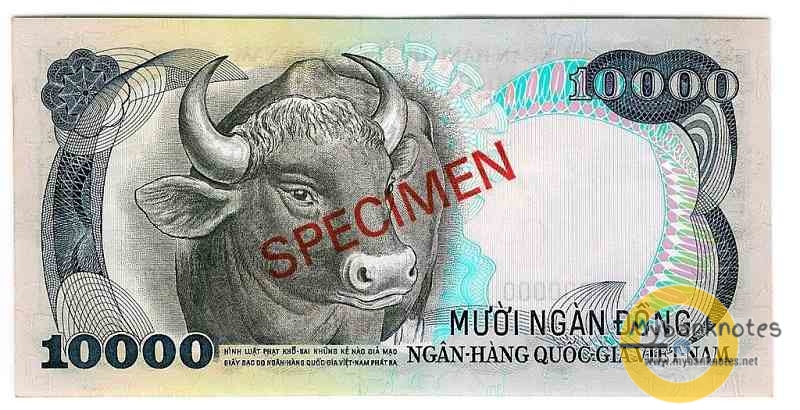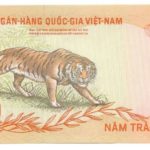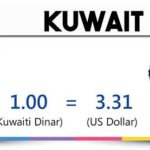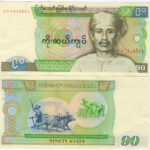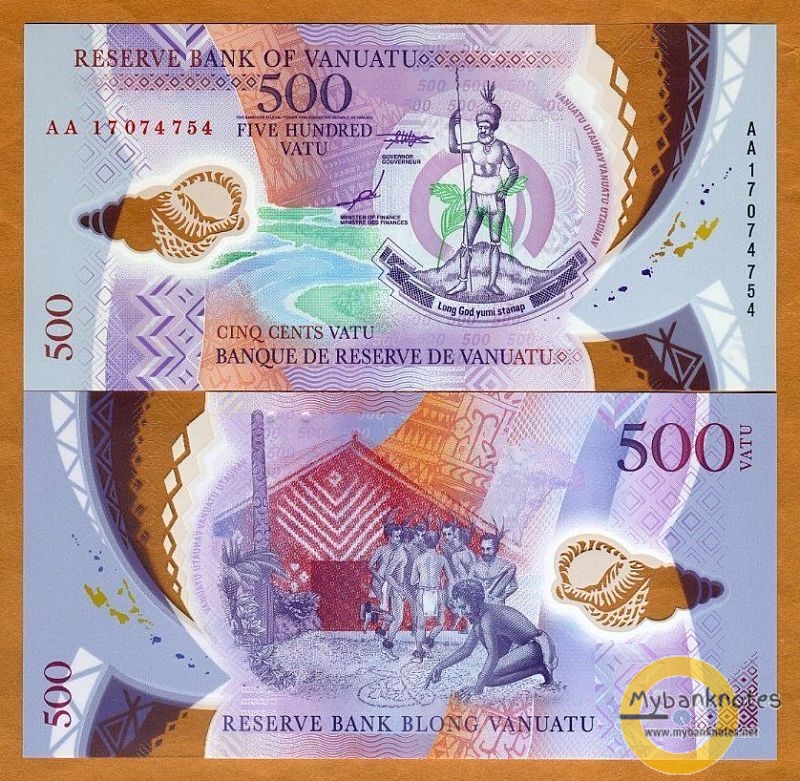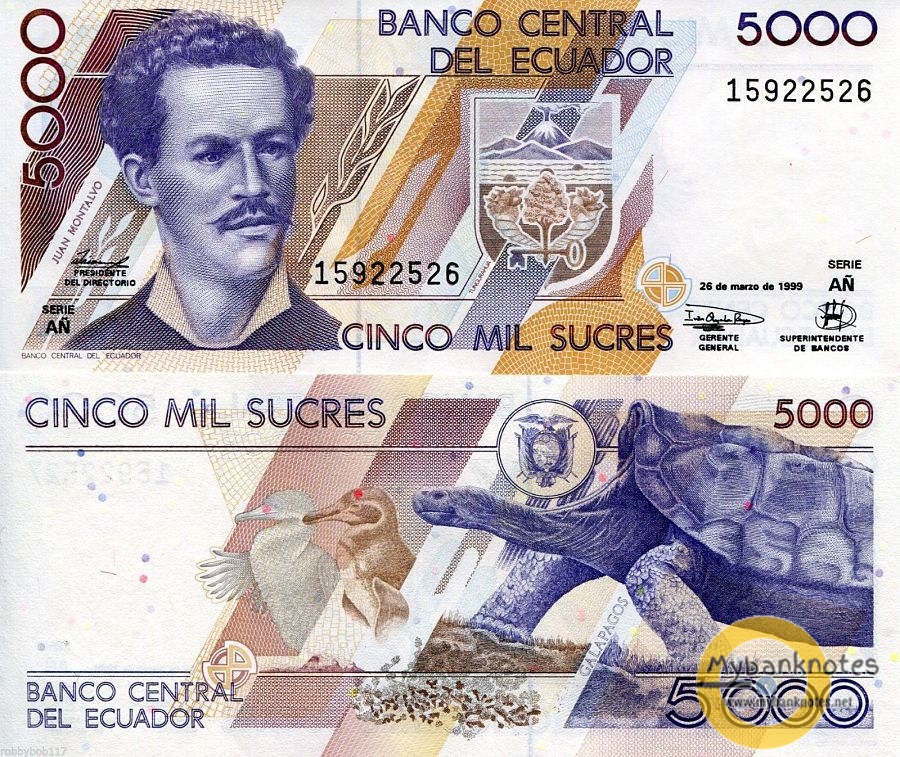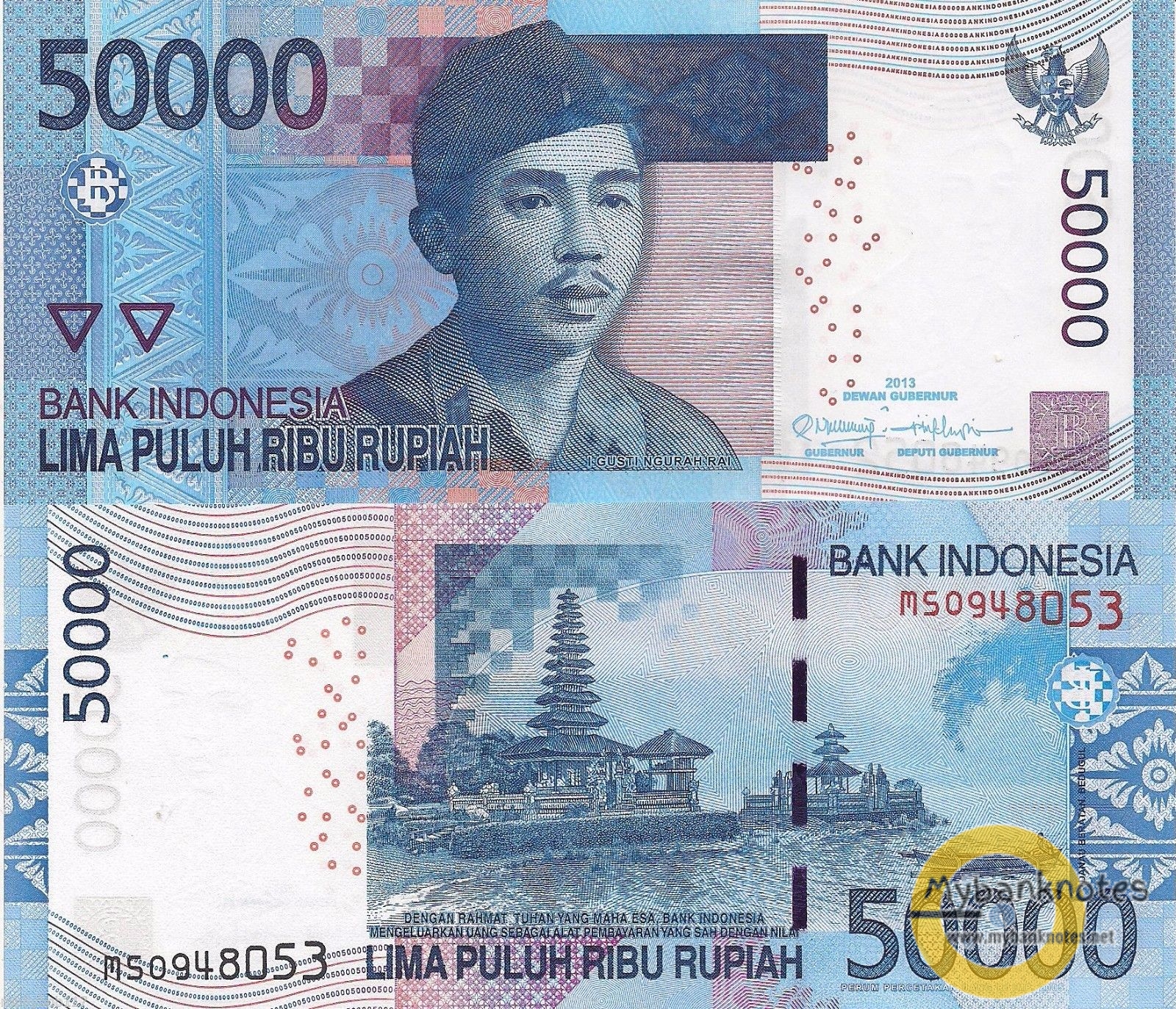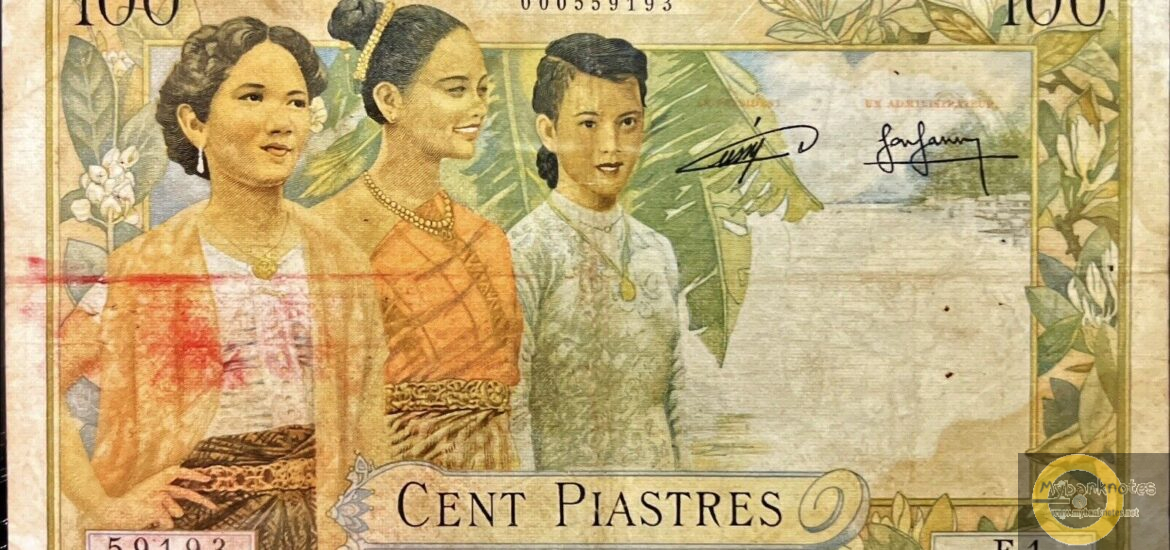Money of the Republic of Vietnam 1972 – 1975
Overview of the Republic of Vietnam Money
In 1953, the Vietnamese branch of the National Institute of Issuance of Vietnam, Cambodia, and Laos (French: Institut d’Emission des Etats du Cambodge, du Laos et du Vietnam) issued banknotes with two names on them: Piastre and copper. At the same time, two other branches have similar arrangements with riel in Cambodia and kip in Laos. Dong coins circulated in areas of Vietnam not under the control of communist forces, i.e. in the territory of southern Vietnam in 1954. In 1955, truly independent Dong notes were issued. Issued by Vietnam National Bank.
Currency of the Second Republic
During the Second Republic, a series of banknotes circulated in denominations: 20 VND, 50 VND, 100 VND, 200 VND, 500 VND, and 1000 VND. As for denominations of 5,000 and 10,000 VND, printed in 1975, due to political changes, the banknotes were no longer circulated.
In October 1970, the government of the Second Republic of Vietnam adjusted the official exchange rate, reducing the value of one dong to USD 1 = 277.75 dong (including 38 dong in guarantees and taxes)[5] or 1 dong = USD 0.036 for certain foreign currency transfers.[6] In 1972, the economy became increasingly difficult and at the same time as the fierce Red Summer war, the government devalued the currency intending to stimulate exports. The exchange rate suddenly increased to USD 1 = 550 VND. The export industry prospered but the value of sales and people’s income decreased sharply. By 1975, the last year of the Republic of Vietnam, USD 1 = 700 VND


